Mammoth Bones Over 100,000 Years Old Found By Fishing Girl
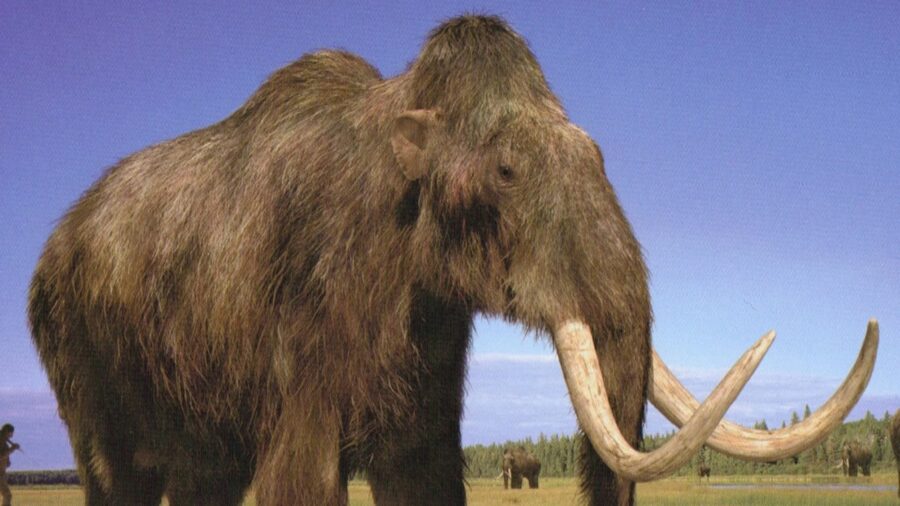
What’s the weirdest thing you’ve ever found while fishing? A boot? An old tire, maybe? How about a 100,000-year-old wooly mammoth leg? According to Live Science, a little girl in Russia recently came across some ancient mammoth bones while on a routine fishing trip with her father.
Mammoth In Russia
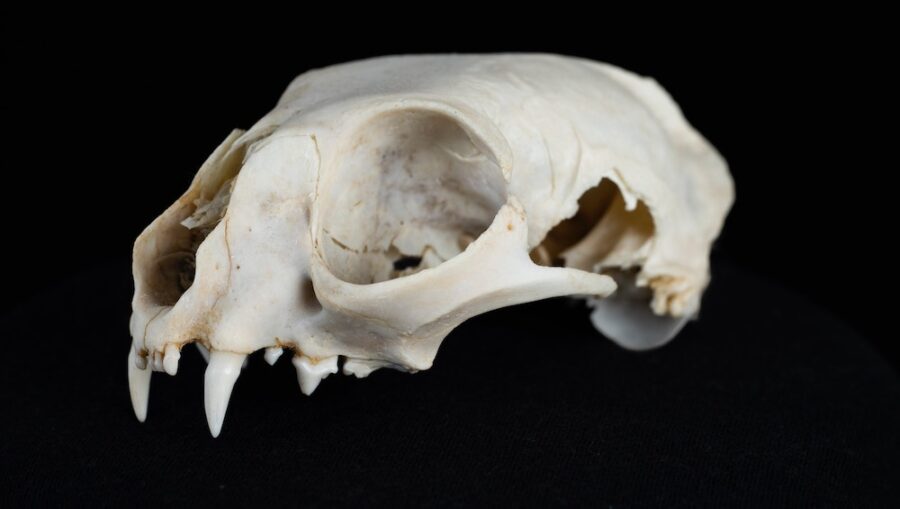
The eight-year-old discovered a set of mammoth leg bones while fishing along the shores of the Oka River near Novinki, western Russia, late last month. Along with the mammoth bones, the girl also found a vertebra belonging to a prehistoric bison.
Maryam Mirsaitova spyed a series of strange objects believed to have been unearthed by a recent landslide. Her father took pictures of his daughter’s discovery and sent them to the nearby Nizhny Novgorod Museum-Reserve.
His hope was that researchers might be able to identify the items.
100,000 Years Old
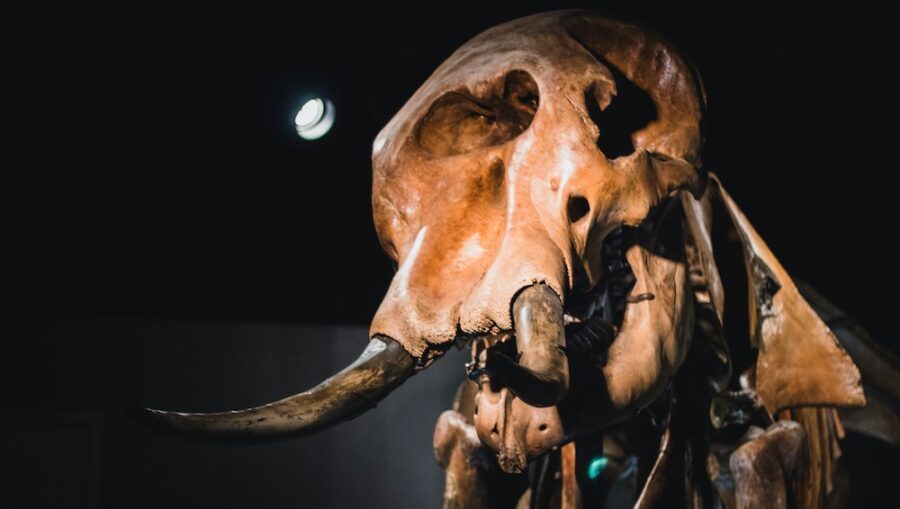
Those hopes turned out to be right on the money as researchers at the Museum-Reserve identified Maryam’s findings as prehistoric mammoth bones.
Specifically a condyle—or knee joint—as well as a tibia belonging to the species Mammuthus primigenius, AKA the wooly mammoth.
By studying the size and length of the bones, researchers were able to determine they came from a large, adult mammoth approximately 100,000 years ago.
Well Preserved Mammoth Bones
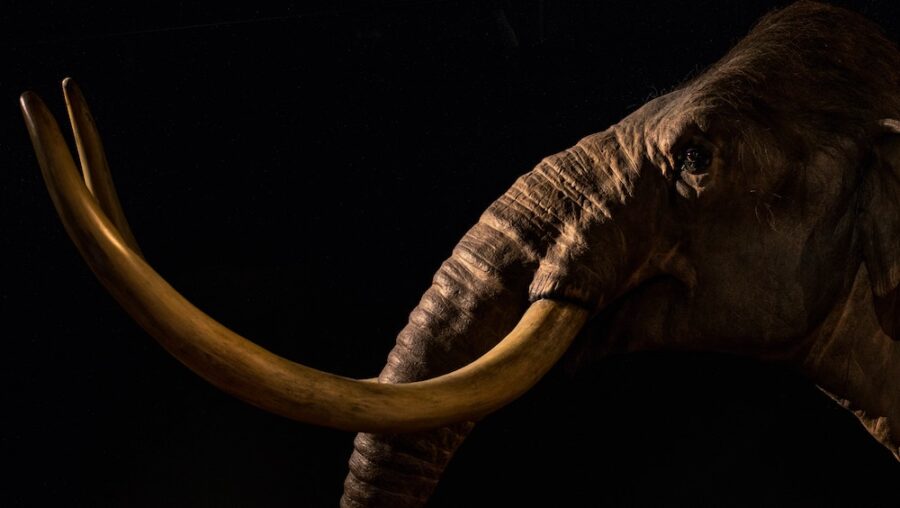
The bones were fairly well preserved, making the researchers’ job that much easier. Spongy tissue exposed by degradation in the sediment was visibly present on the mammoth bones, making them easier to date.
Mammoth Migration
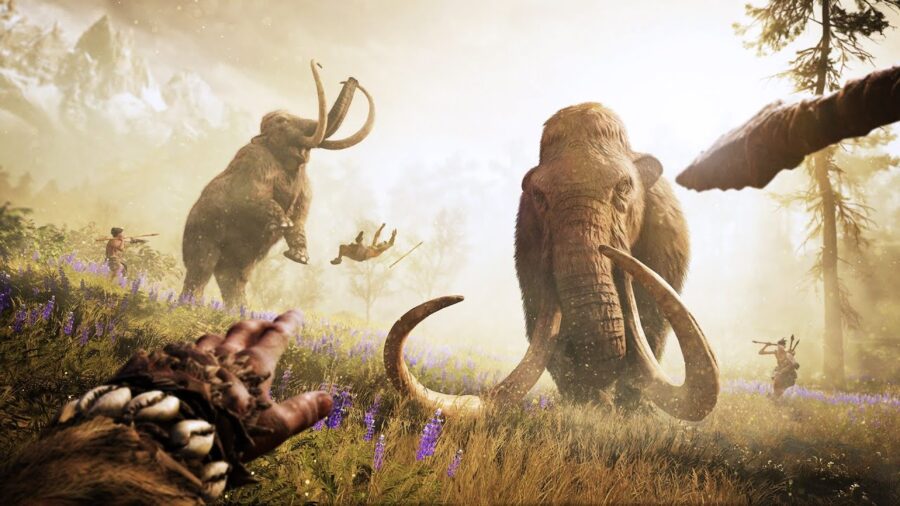
Woolly mammoths—a fur-covered precursor to the modern elephant—lived in the colder parts of Europe and Asia as far back as 700,000 years ago.
Later—roughly 100,000 years ago, some Mammoths migrated to North America. In the particular area of Russia where Maryam found her mammoth bones, mammoths were likely still roaming around as recently as 10,000 years ago.
The end of the ice age led to a shrinking food supply for the mammoth population, which in turn led to the species dying out. Somehow, a small pocket of wooly mammoths survived on Russia’s Wrangel Island until around 4,000 years ago. Even this lost prehistoric paradise eventually died out due to too much inbreeding among the mammoth population.
Other Russia Finds
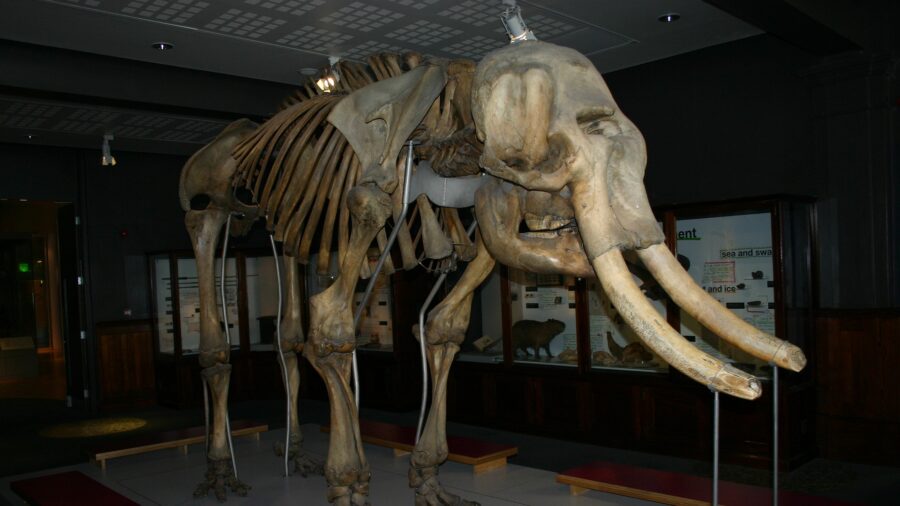
Russia has long been a treasure trove of fossilized mammoth bones, especially in Siberia, where the extreme temperatures have resulted in more than a few mummified mammoths.
One mammoth mummy of note was a calf—named Lyuba by scientists—discovered on the Yamal Peninsula back in 2007.
Meanwhile, the bison vertebra Maryam found is likely from a Bison priscus or steppe bison, which was found in Europe, Asia, and North America in abundance during the Pleistocene epoch—2.6 million to 11,700 years ago. The steppe bison is an ancestor of the modern European and American bison that exist today.
Finding Fossils
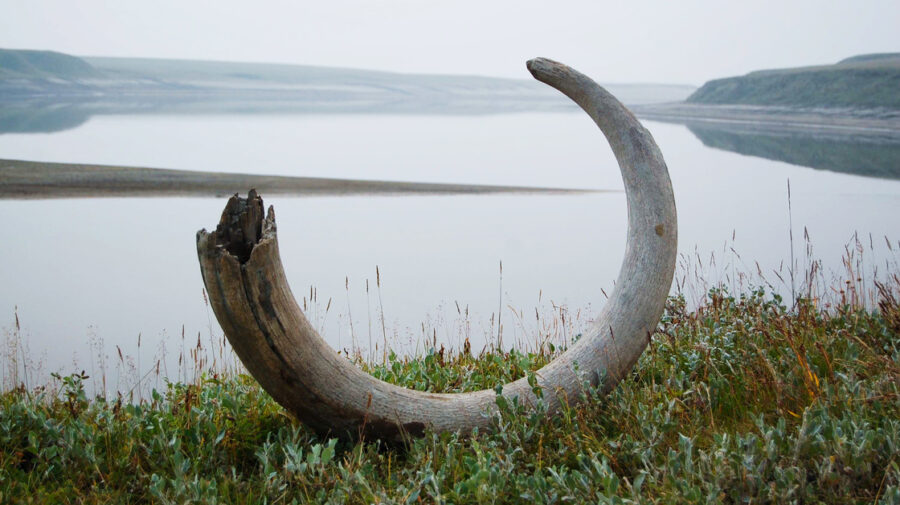
Along with the mammoth and bison bones, Maryam is reported to have found a bone belonging to a third yet-to-be-identified creature.
The museum staff that helped to identify the fossils is urging anyone else who comes across any prehistoric remains in their day-to-day travels to turn them into a scientific institution of some kind rather than horde them privately.












